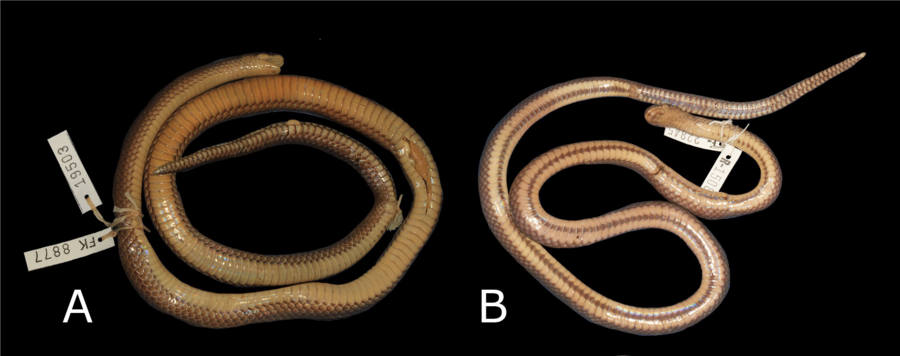
Why Toxicocalamus longhagen Roberts, Iova & Austin, 2022 (Serpentes, Elapidae) is a taxonomic nomen dubium
Roberts et al. (2022) presented a taxonomic decision, in which they proposed the species name longhagen for a single, poorly preserved specimen of elapid New Guinean snake in the species assemblage known as the Toxicocalamus loriae Group. Geographically widespread populations in this species group had long been united under a single name even though some character variation had been noted, and only a thorough morphological study by Kraus et al. (2022), published shortly after the description of T. longhagen, confirmed additional species-level diversity and the detail of character analysis needed to differentiate species in this group. Their work made clear that only examination of many specimens would allow an assessment of interspecific variation and species boundaries, and this had been explained to the authors of the Roberts et al. paper ahead of their manuscript submission. The authors of the Kraus et al. paper had examined the specimen used to diagnose T. longhagen, as well as a series of similar specimens, and found it impossible to make a reliable species-level determination. Our detailed evaluation of the taxon longhagen reveals that it is insufficiently differentiated from the now-known species of the T. loriae Group, that it cannot confidently be assigned to any of these species, and that none of the existing specimens of snakes in this group can be assigned to T. longhagen. It follows that T. longhagen as currently defined is a taxonomic nomen dubium. It will retain this status until such time when additional data or additional material can lead to a resolution of its taxonomy.






